I'm currently designing a relational database table in MySQL for handling multiple categories, representing them later in a tree structure on the client side and filtering on them. Here is a picture of how the structure looks like:

So we have a root element which is set by default. We can after that add children to it (Level one). So far a table structure in the simplest case could be defined so:
| id | name | parent_id |
--------------------------------
1 All Categories NULL
2 History 1
However, I have a requirement that I need to include another tree structure type (Products) in the table (a corresponding API is available). The records from the other table have their own id types (UUID). Basically I need to ingest them in my table. A possible structure will look like so:
| id | UUID | name | parent_id |
----------------------------------------------------------
1 NULL All Categories NULL
2 NULL History 1
3 NULL Products 1
4 CN1001231232 Catalog electricity 3
5 CN1001231242 Catalog basic components 4
6 NULL Shipping 1
I am new to relational databases, but all of these possible NULL values for the UUID indicate (at least for me) to be bad design of database table. Is there a way of avoiding this, or even better way for this "ingestion"?